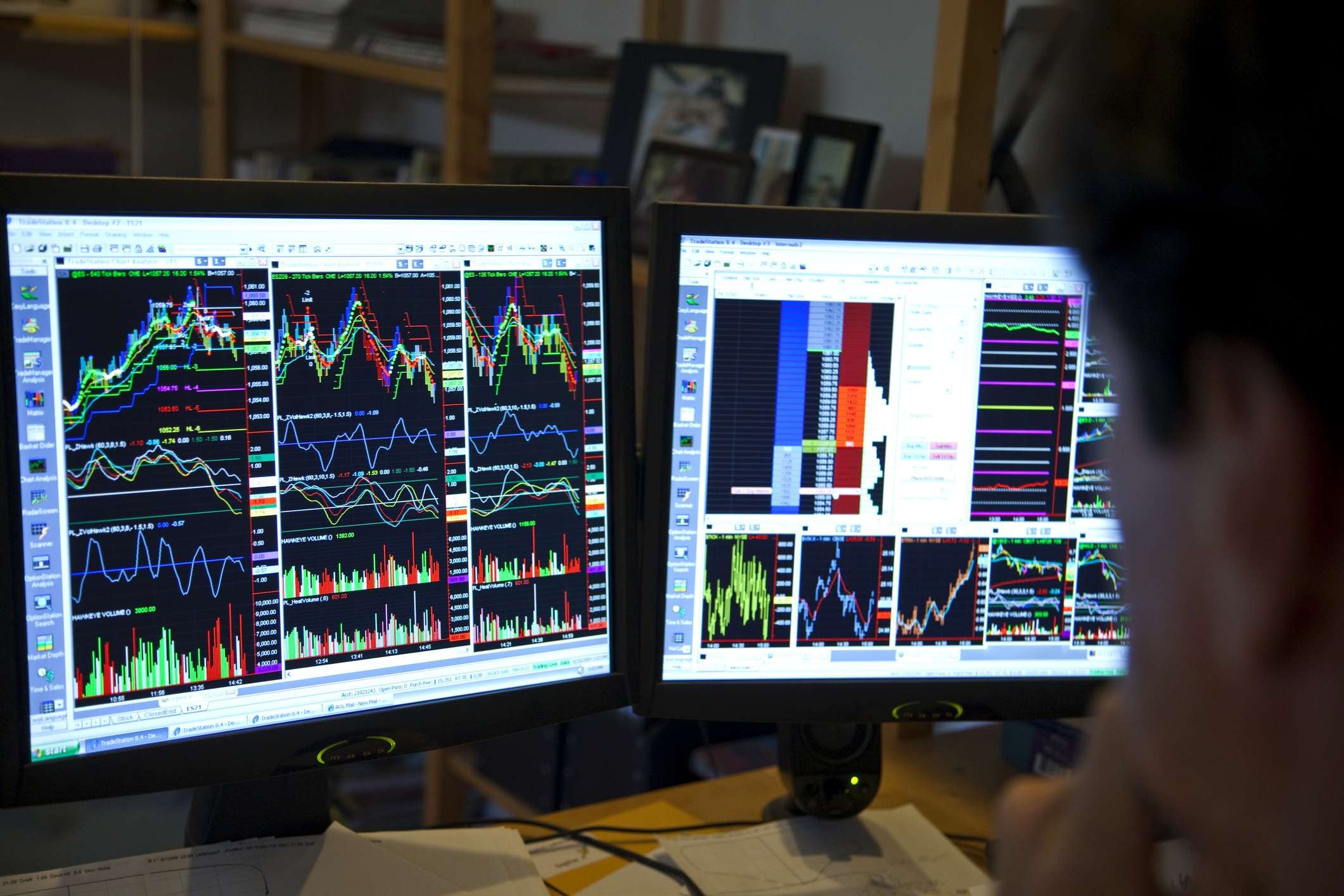European markets have got off to a flier so far year to date, with the DAX putting on 6.2% since the end of last year, while the FTSE 100 is up over 3.5%, comfortably outperforming US markets, whose main gains have only come over the last two days.
The outperformance of European markets this year has carried on a trend that started back in October last year, when the German market fell to two-year lows. Since then, it has rallied over 20%, putting it firmly in bull market territory. The FTSE 100 has also rebounded sharply, rising over 10% from 18-month lows back in October, and reaching its highest levels in over three years yesterday.
These gains come across as even more counterintuitive when you consider the backdrop of a gloomy consensus on the global economy, with the IMF predicting that it will fall into recession in 2023. It is perhaps these concerns that are prompting investors to take the view that this outcome will force central banks to call time on their current rate-hiking policy early and start cutting before the end of the year.
US markets looked set for a similarly positive finish until a late day sell-off, which saw the S&P 500 and Dow give up all their gains, and the Nasdaq 100 close well off its intraday highs, in a move which looks set to translate into a weaker open for markets in Europe this morning.
That appears to be what markets are currently pricing in with bond investors pricing the prospect that the Fed will slow the pace of its rate-hiking cycle again in February with a 25bps rate hike, down from the 50bps we saw in December. This reasoning comes despite further comments from Fed officials yesterday, this time from Atlanta Fed president Raphael Bostic, who said he still sees a terminal rate of between 5% and 5.25% before pausing, and keeping them there for a long time. This reasoning was also echoed by San Francisco Fed president Mary Daly yesterday, although neither of them has a vote this year.
Given that the recent rebound in equity markets and fall in bond yields and the US dollar is loosening financial conditions, today might offer an opportunity for Fed chairman Jay Powell to reset the narrative slightly, when he is due to take part in a panel discussion in Stockholm on central bank independence and their mandates. It is this divergence between what Fed policymakers are saying and what the market is pricing that is currently driving the narrative so far this year, with the focus this week on December CPI inflation data on Thursday. This is expected to offer further evidence of slowing inflation, with core prices expected to slip sharply below 6%, and to their lowest level since December 2021.
EUR/USD – after last week’s reversal off three-week lows at 1.0480/85 the euro has recovered back through the 1.0700 area, opening up the route to a move towards the June highs at 1.0787. A move through 1.0800 has the potential to open a move towards 1. 0920.
GBP/USD – having slipped to a six-week low last week at 1.1830/35 the pound has rebounded back to the 1.2200 area, with the next resistance at the 1.2350 area. We need to hold above the 1.2000 area for further gains to unfold.
EUR/GBP – held above the 0.8770/80 area yesterday, respecting the range seen over the past weeks. Resistance remains at the 0.8870/80 area which has contained rallies since October last year. A move below 0.8770 opens up a move back to the 50-day SMA at 0.8700.
USD/JPY – last week’s failure at 134.80 keeps the bias for a return to the recent lows at 129.50, where we saw the US dollar bounce from a six-month low. Above 135.00 targets a move towards 138.00.




